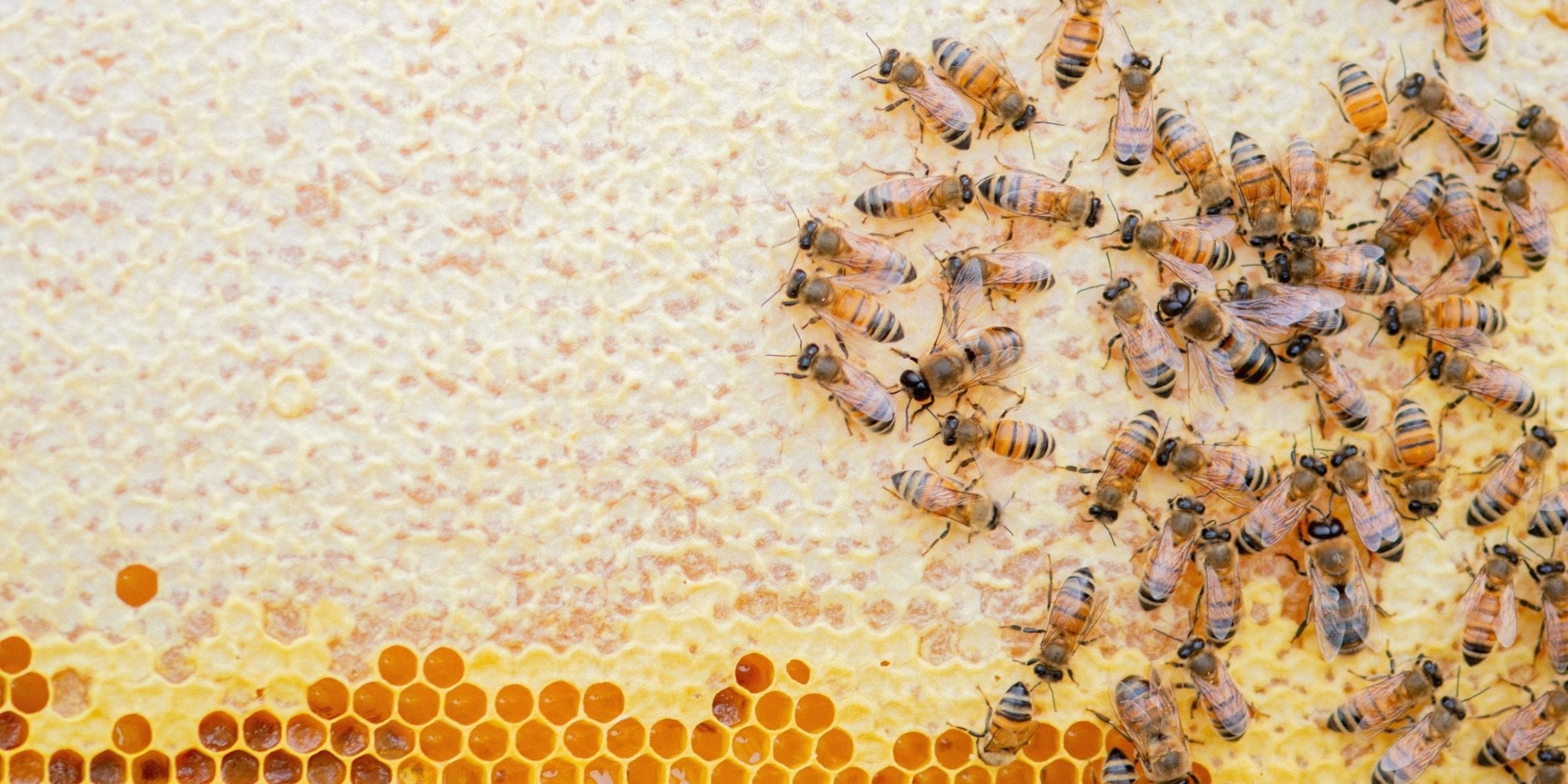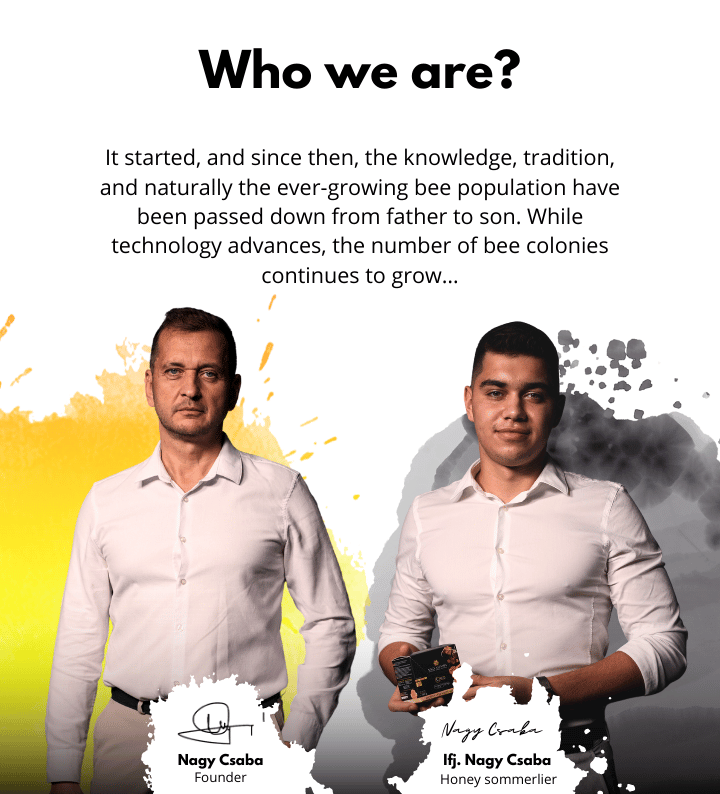The role of bees in a colony is essential for the proper functioning of the system. The bee family forms a complex yet well-organized social structure, where each bee has a specific task and responsibility.
One of the most well-known and important groups are the worker bees, who perform most of the activities in the colony. In their younger years, they feed the larvae, clean the hive, and produce wax. As they age and gain experience, they typically take on roles such as guarding the hive, gathering food, and feeding. These many tasks, however, greatly exhaust them, which is why they have short lifespans.
The queen bee is the most important and defining member of the colony, playing a crucial role in the survival of the family. Her appearance distinguishes her from the others; she is large and elongated, with a body that is generally longer and bigger than the worker bees, and her wings are as long as her body, which sets her apart from the males. Her primary task is to lay eggs, thus ensuring the continuous replenishment of the population. She dedicates her entire life to egg production and leading the colony.
Male bees, or drones, play a role in the colony’s reproduction. Their sole purpose is to fertilize the queen. They spend most of their lives following the queen and participating in reproduction. Their lifespan is shorter than that of the worker bees, as they live their entire life within the hive.
Thus, the bee colony is a complex social system where each bee has a specific role. Only the coordinated execution of various tasks allows the colony to survive and thrive.







